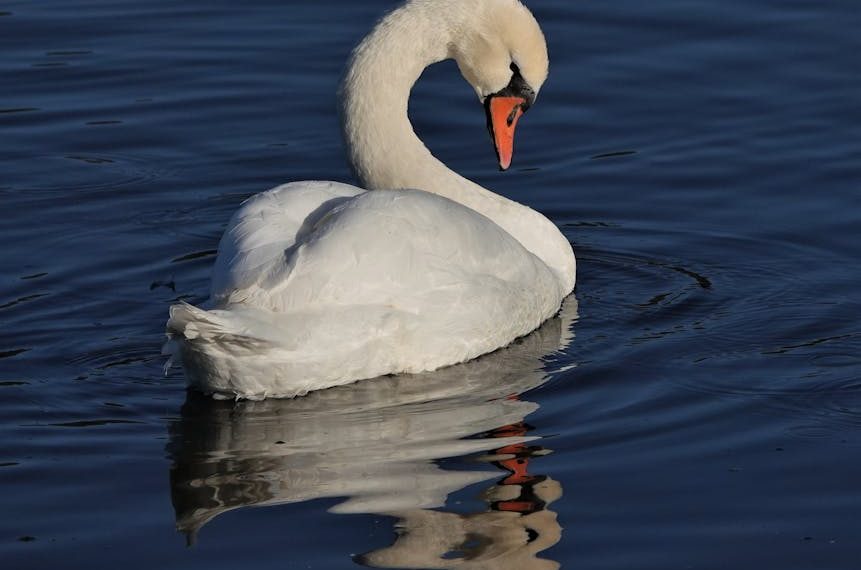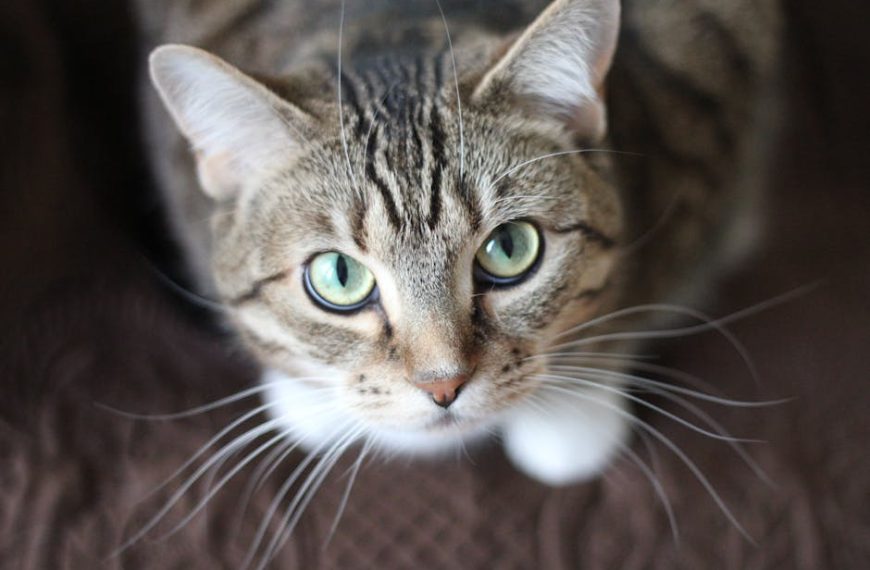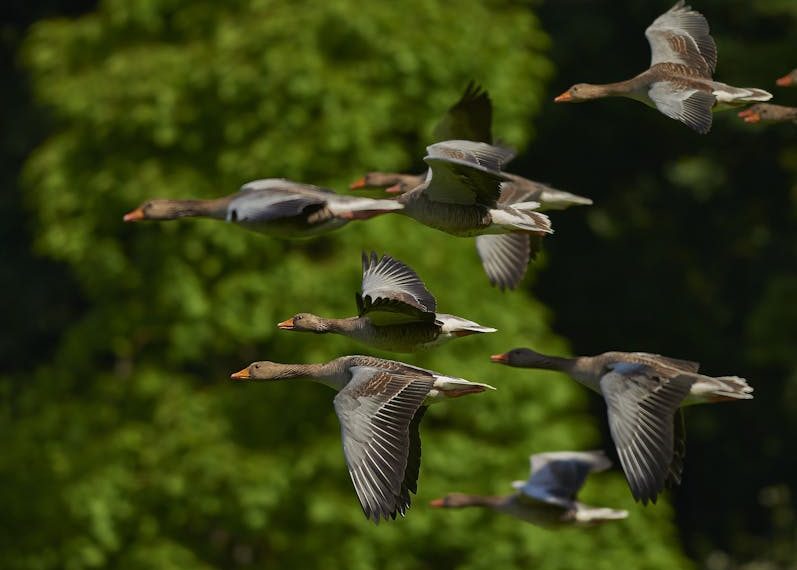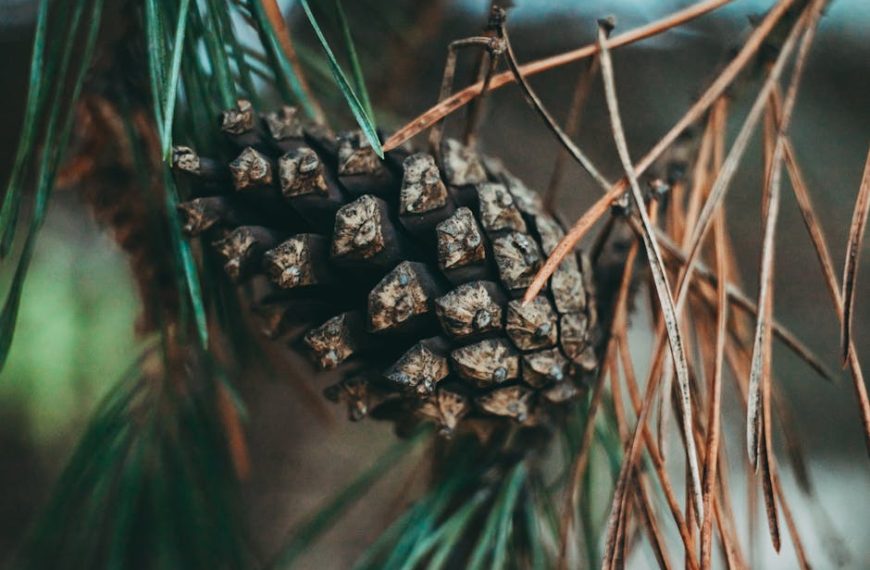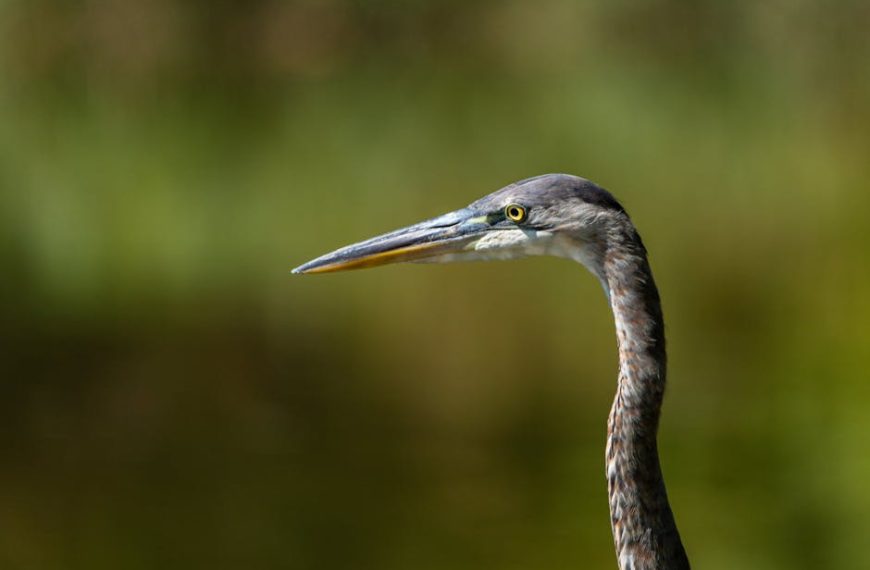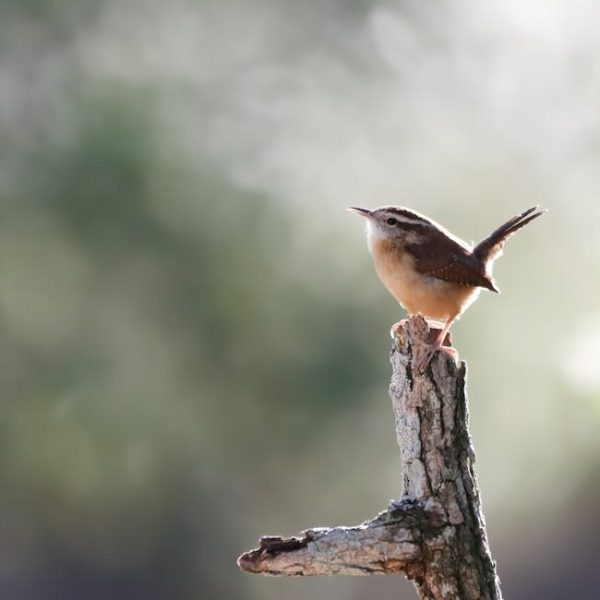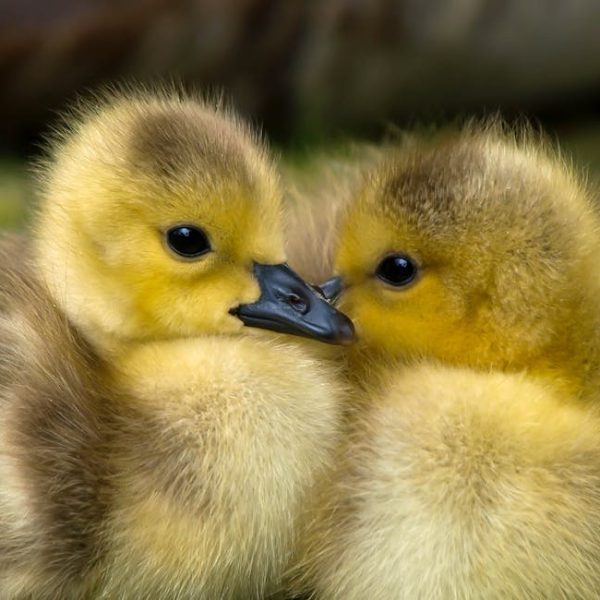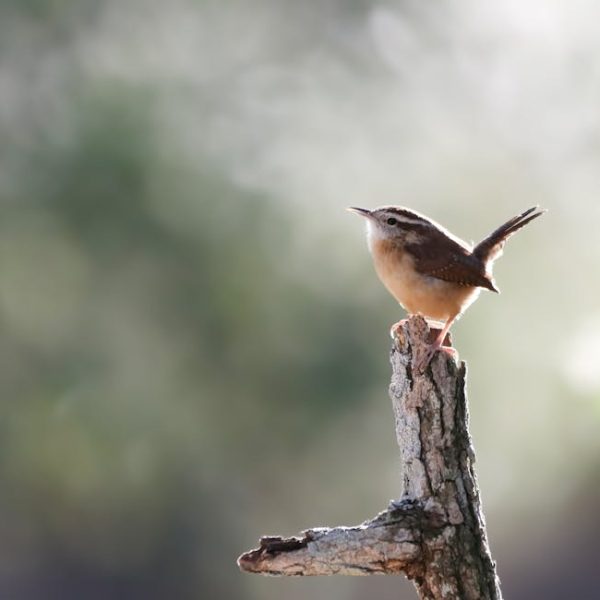Birds, while beautiful and beneficial in many ways, can also be a persistent problem for gardeners. These flighty creatures have a knack for spotting ripe, juicy strawberries and making a feast of them before you get a chance to pick them yourself. This creates a significant challenge for many gardeners who love to grow their strawberries. However, protecting strawberry plants from birds is not as difficult as it seems. With the right information and some practical strategies, you can keep these feathered plunderers at bay and enjoy your home-grown strawberries.
Understanding the Threat Posed by Birds to Strawberry Plants
Birds pose a significant threat to strawberry plants. They’re quick to spot ripe fruit and have no reservations about helping themselves. Robins, starlings, blackbirds, sparrows, and finches are just a few species known for their strawberry thievery. They not only deplete your yield but can also harm the plants themselves by pecking at the leaves and buds.
Identifying signs of bird activity in your garden is key to protecting your plants. Look for bird droppings, evidence of pecking on fruit or leaves, and bird feathers.
- Pro Tip: A sudden decrease in your strawberry yield is usually a clear sign of bird activity.
Types of Protective Measures
There are numerous measures you can adopt to protect your strawberry plants from birds. These can be classified into physical barriers, distraction techniques, and scare tactics. Bird netting, cages, and cloches are some of the most commonly used physical barriers. Including other bird-attracting plants in your garden can serve as a distraction. Scare tactics can involve anything from plastic owl decoys, reflective objects, and wind chimes to scarecrows.
- Bird netting: Prevents birds from reaching the plants.
- Cages: Completely surrounds the plant, offering a high level of protection.
- Distraction techniques: Lure birds away from strawberries by providing alternative food sources.
- Scare tactics: Attempt to deter birds by making your garden seem like a hostile environment.
To decide which method to employ, consider the size of your strawberry patch, the number and type of birds you’re dealing with, and the resources available to you.
Using Physical Barriers to Shield Strawberry Plants
Physical barriers offer the most fool-proof method of protecting your strawberry plants from birds. Bird netting is an affordable and effective barrier. It needs to be securely installed around the plants to prevent birds from reaching through or getting trapped in the netting. Alternatively, strawberry cages or cloches can also be used, providing a complete barrier.
Essential steps for proper installation are:
- Ensuring the barrier is big enough to cover the plant.
- Securing the corners and edges firmly to the ground, so birds can’t squeeze under.
- Checking regularly for any damages or gaps.
- Removing the barriers when the plants need to be serviced (watering, fertilizing, harvest).
Stay tuned for the second part where we will delve into distraction techniques and scare tactics, as well as exploring strategic garden planning and plant placement.
Applying Distraction Techniques and Scare Tactics
Distraction techniques and scare tactics can be useful in deterring birds from your strawberry patches. By using visual or auditory elements, you may be able to make your garden seem threatening to birds. For instance, reflective objects such as old CDs or aluminum foil strips can be hung around your garden. Their reflective properties and movement in the wind can scare birds away. Similarly, wind chimes or high frequency ultrasonic devices can create noises that birds find unsettling, discouraging them from venturing into your garden.
Yet, nothing beats the classic scarecrow. Yes, they may seem outdated, but their size and humanoid shape do ignite fear in birds. Remember to frequently change its position to create an illusion of movement. Alternatively, using safe bird repellents can also be effective. These work by either providing an unpleasant taste or smell that deters the birds from pecking at your berries.
While it’s true that these methods can be effective, they do come with their own drawbacks:
- Reflective objects can lose their shine over time, diminishing their deterrent effect.
- Noisy deterrents (like wind-chimes or ultrasonic devices) might not be suitable if you have close neighbors.
- Scarecrows need to be relocated regularly, which requires extra effort.
- Bird repellents need to be reapplied after rain and this can increase your overall gardening costs.
Garden Planning and Strategic Plant Placement
The strategic placement of your strawberry plants can also serve as a surprisingly effective deterrent against birds. One strategy is to plant your strawberries closer to your home or frequented areas of your garden – birds tend to avoid areas with high human activity.
In addition, companion planting can help protect your strawberries. By planting crops that birds dislike around your strawberries, you can create a natural deterrent. Good examples are alliums like onions or garlic, strongly aromatic herbs like mint or basil or spiky plants like roses or holly.
- Pro Tip: Remember, bird behavior can vary across different species and regions. It’s always a good idea to observe and understand the patterns of local birds. This will allow you to take more targeted measures in protecting your strawberry patches.
Conclusion
Shielding your strawberry plants from birds requires a bit of vigilance and creativity, but it’s far from impossible. By understanding the habits of the local bird population, choosing the right protective measures, and employing smart garden planning, you can ensure your strawberry plants are safe from their feathered foes. Implement these strategies, and you’ll be enjoying your very own strawberries in no time! So, break out your garden gloves, and don’t let those birds beat you to the berry-picking!
Key Takeaway:
- Birds pose a significant threat to strawberry plants, mostly by depleting yield and damaging the plants. The most notorious strawberry-eating birds include robins, starlings, blackbirds, sparrows, and finches.
- To protect strawberry plants from birds, gardeners can use physical barriers like bird netting, cages or cloches, distraction techniques, including other bird-attracting plants, or scare tactics such as plastic owl decoys, reflective objects, and wind chimes.
- The strategic placement of strawberry plants and companion planting with crops that birds dislike can also be effective deterrents.
- Each method has its pros and cons, and the selection largely depends on factors like the size of your strawberry patch, the number and type on birds to deal with and available resources.
Defending your strawberry plants from birds may seem tasking, but nothing beats the joy of harvesting your home-grown, bird-free strawberries. Knowledge is power in this type of garden warfare, so keep observing your local birds, and adapt your strategies accordingly. You got this!
FAQs
Q: What types of birds are known to feast on strawberries?
A: Some birds known for their strawberry thievery include robins, starlings, blackbirds, sparrows, and finches.
Q: Are there any crops or plants that birds dislike which can be used as a natural deterrent?
A: Yes, planting crops that birds dislike, such as onions, garlic, strongly aromatic herbs like mint or basil, or spiky plants like roses or holly, around your strawberries can create a natural deterrent.
Q: What should I do if birds still manage to get under the protective netting I installed?
A: If birds still manage to get under the netting, ensure that the corners and edges are firmly secured to the ground. Also, check for any damages or gaps, birds may exploit to reach your strawberries.
Q: Are there commercial bird repellents that can help protect strawberry plants?
A: Yes, there are a variety of commercial bird repellents available that work by providing an unpleasant taste or smell that deters birds from pecking at your berries. However, these need to be reapplied after rain, increasing overall gardening costs.
Q: Do scarecrows really work to keep birds away from strawberry plants?
A: Yes, scarecrows can be effective. Their size and humanoid shape can scare birds away. To increase their deterrent effect, regularly change the scarecrow’s position to create an illusion of movement.
Feel free to share this article if you found it helpful, or explore more helpful posts on our website!

